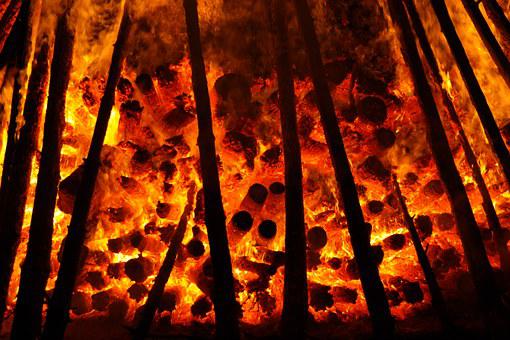
02/06/22 00:00 AM IST


Why most heat waves is seen this time in India?
When India recorded highest heat waves?
Situation in Antartica
Where other than India this situation is experienced?
Impact of Heat waves
Measures need to be taken
Who termed Heat waves a ‘silent disaster’ ?
Criteria for declaring Heat waves
How Intense the Heat Waves have Become in India?
Way forward

17 Sep
'Dehradun and several other districts in Uttarakhand have experienced very heavy rainfall over the past few days, triggering landslides in multiple areas and causing rivers to swel
Read More
08 Sep
'The Rajasthan Coaching Centres (Control and Regulation) Bill, 2025, is a significant piece of legislation passed by the Rajasthan Assembly to regulate and oversee the state's burg
Read More
28 Aug
'Recently, the Indian Space Research Organisation (ISRO) successfully carried out its first Integrated Air Drop Test (IADT-1), a crucial milestone in the preparation for the countr
Read More